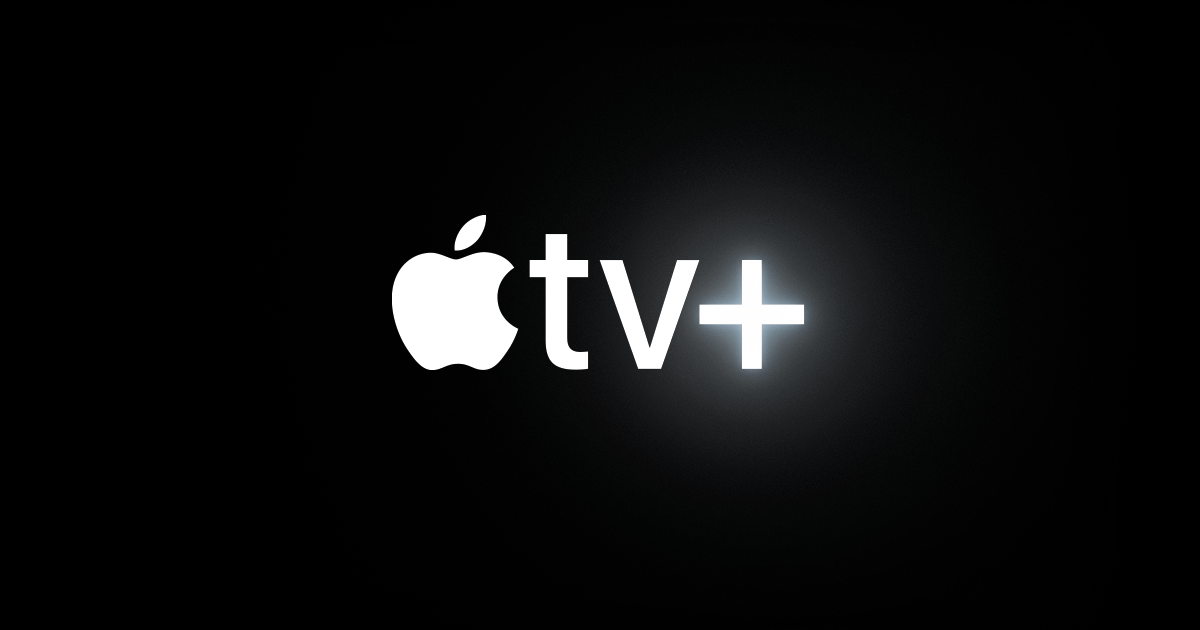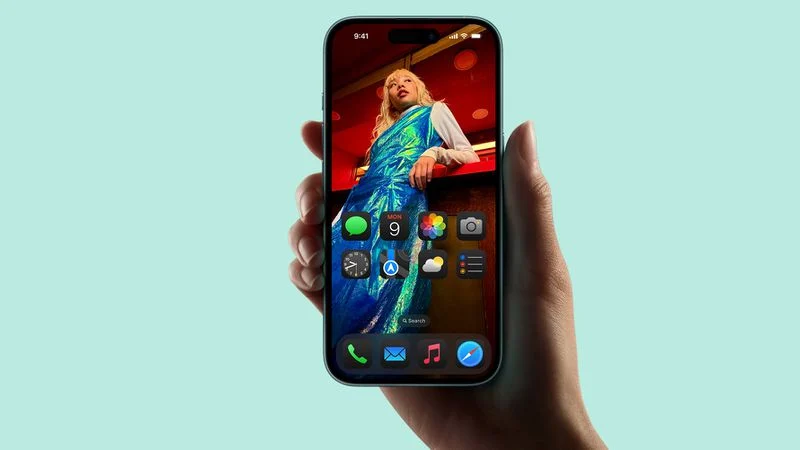Apple is gearing up for exciting new releases in 2025, with the AirTag 2 and M5 MacBook Pro leading the way. These products promise practical upgrades for everyday users.
The AirTag 2, expected in May or June, will improve how you track items like keys or bags. It will feature a better ultra-wideband chip, offering up to three times the range of the current AirTag, making it easier to find lost items from farther away.
Apple is also enhancing safety by making the speaker harder to tamper with, addressing concerns about misuse. The design will stay similar, keeping the familiar small, round shape and replaceable battery. Priced around $29, it’s a handy upgrade for anyone who relies on AirTags.
Meanwhile, the M5 MacBook Pro is set to launch in October, bringing modest but meaningful improvements. Powered by M5, M5 Pro, and M5 Max chips, it will use advanced 3nm technology for better performance. Expect faster processing and possibly Wi-Fi 7 support, though the design won’t change much. A bigger overhaul with an OLED display is planned for 2026.
Available in 14-inch and 16-inch models, it’s perfect for professionals needing reliable power. Both products show Apple’s focus on refining what works. The AirTag 2 makes tracking simpler and safer, while the M5 MacBook Pro boosts performance for heavy tasks. Keep an eye out for these launches to stay ahead with Apple’s latest tech.








